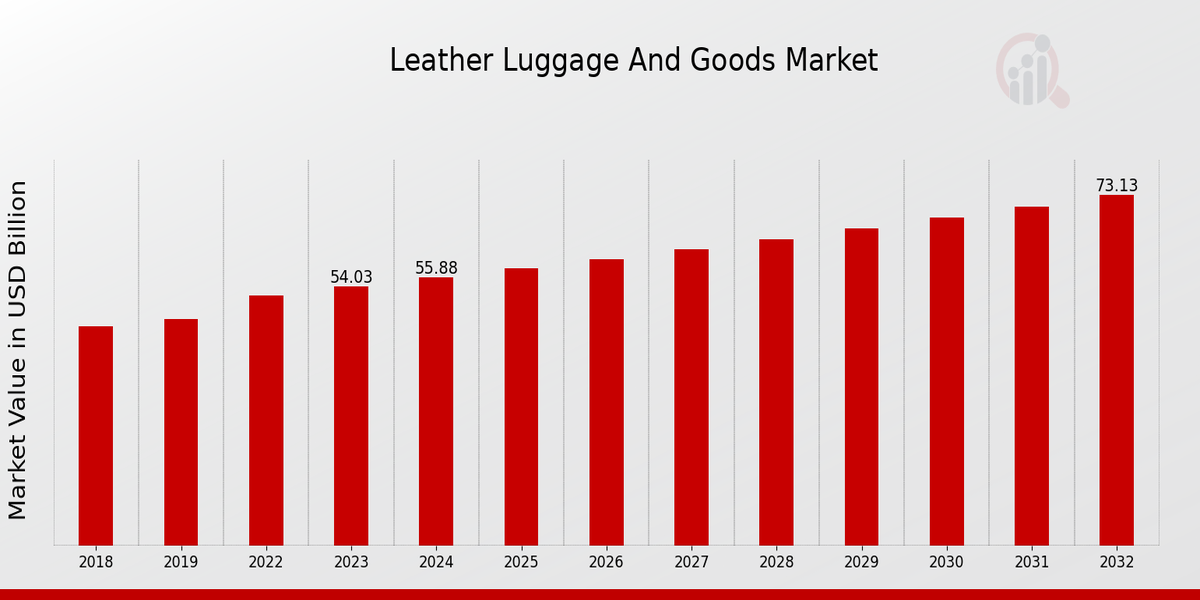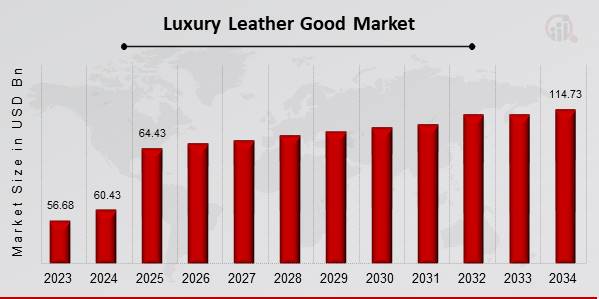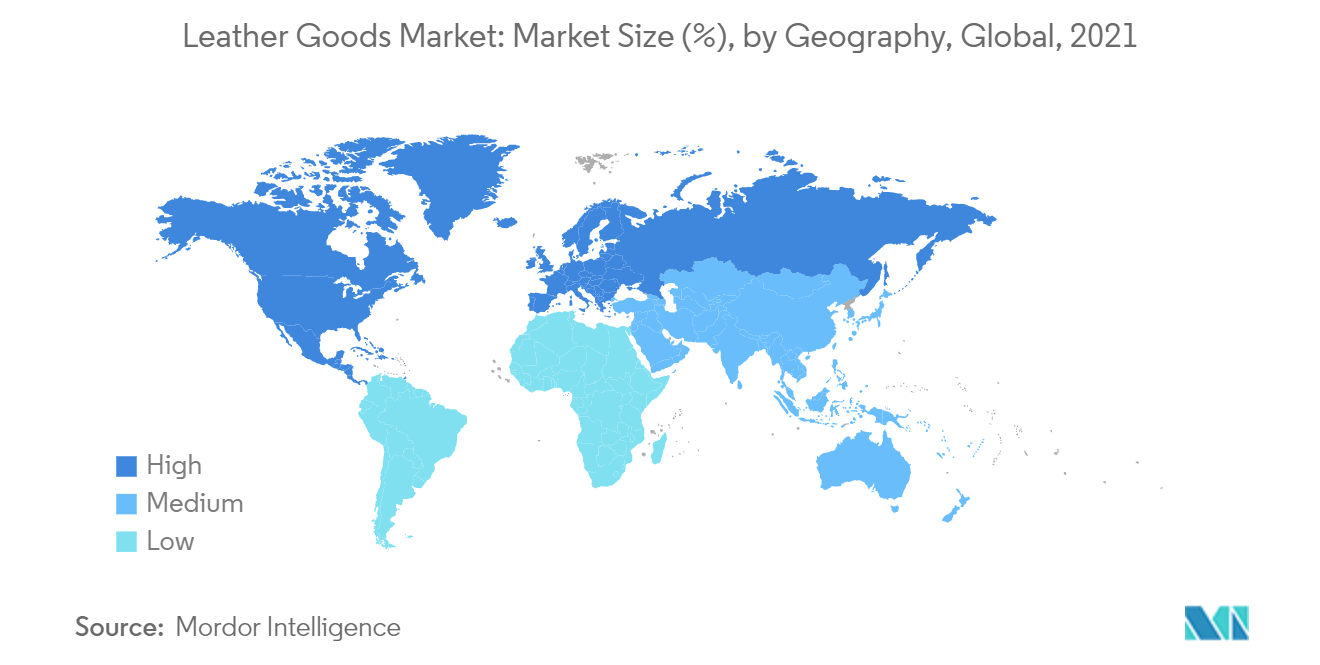The 2025 leather goods market is set for major growth, driven by sustainability, tech integration, minimalist designs, and a focus on timeless quality.

Table of Contents

- Decoding the Leather Goods Market Growth in 2025
- The Dominance of Sustainability and Ethical Sourcing
- How Technology is Reshaping Leather Accessories
- Shifting Consumer Preferences and Design Aesthetics
- Key Regional Markets and Future Opportunities
- Preparing for the Future of Leather Goods

Decoding the Leather Goods Market Growth in 2025
The global leather goods market is poised for significant expansion heading into 2025. Industry projections indicate a robust compound annual growth rate (CAGR), fueled by a confluence of economic and social factors. A primary driver is the increasing disposable income in emerging economies, which expands the consumer base for premium and luxury accessories. Simultaneously, in established markets, there’s a renewed appreciation for high-quality, durable products as a reaction against the wastefulness of fast fashion. This shift propels demand for genuine leather items that promise longevity and style.
Furthermore, the global return to travel, hybrid work models, and social engagements is revitalizing key segments within the market. Products like versatile duffle bags, professional briefcases, and stylish backpacks are seeing a resurgence in popularity. Consumers are investing in accessories that not only serve a functional purpose but also reflect their personal style and commitment to quality. This demand for items that blend utility with sophisticated design is a core catalyst for the market’s upward trajectory.
The Dominance of Sustainability and Ethical Sourcing
What is the single most impactful trend shaping the leather industry? Without question, it is the profound and accelerating shift toward sustainability. Modern consumers are more informed and conscientious than ever before. They demand transparency in supply chains, from the sourcing of hides to the final stitch. This scrutiny is forcing brands to re-evaluate their entire production process, prioritizing ethical practices and minimizing their environmental footprint. The conversation is no longer just about the final product but about the entire journey it took to create it.
The Rise of Eco-Conscious Tanning and Production
The tanning process, historically a point of environmental concern, is undergoing a revolution. The industry is moving away from traditional chrome-based tanning methods toward more eco-friendly alternatives like vegetable tanning and other chrome-free processes. These methods utilize natural tannins from bark and plants, reducing the output of harmful chemicals and creating leather with a unique, natural patina that ages beautifully over time. Water conservation and recycling within tanneries are also becoming standard practice, alongside efforts to source hides as byproducts of the meat industry to ensure a circular economy. Traceability is the new benchmark for trust, with consumers wanting to know the origin of the materials used in their products.
Vegan and Alternative Materials: A Paradigm Shift?
The conversation around sustainability inevitably includes the rise of vegan and plant-based leathers. These innovative materials, derived from sources like mushrooms, cacti, pineapples, and apples, are capturing a significant market share. They appeal to consumers seeking animal-free products and a lower environmental impact. However, the market is also becoming more discerning about the distinctions between these alternatives and high-quality, responsibly sourced genuine leather. While some vegan leathers offer impressive performance, others may contain synthetic binders like polyurethane (PU), raising questions about their long-term biodegradability. The future will likely see a market where both responsibly produced genuine leather and high-quality vegan alternatives coexist, catering to different consumer values.
| Feature | Responsibly Sourced Genuine Leather | Plant-Based/Vegan Alternatives |
|---|---|---|
| Durability & Longevity | Extremely high; develops a unique patina over decades. | Varies greatly by material; may not offer the same long-term resilience. |
| Environmental Impact | Focus on eco-tanning, water reduction, and use of byproducts. | Lower initial carbon footprint but questions remain on biodegradability of some variants. |
| Feel & Aesthetics | Natural, breathable, and rich texture. | Can closely mimic leather but may lack its unique breathability and aging character. |
| Core Consumer Appeal | Investment in timelessness, heritage, and “buy it for life” philosophy. | Ethical (animal-free) considerations and novelty of new materials. |
How Technology is Reshaping Leather Accessories
Technology is no longer separate from fashion; it is intricately woven into the fabric of modern accessories. For leather goods, this integration is less about overt gadgetry and more about enhancing functionality, security, and convenience in subtle, elegant ways. The result is a new generation of “smart” leather goods designed for a connected lifestyle, where classic aesthetics meet cutting-edge utility.
Smart Features for the Modern Consumer
Which features are becoming essential? RFID-blocking technology is now a near-standard feature in wallets and professional bags, protecting sensitive personal data from digital theft. Another significant trend is the thoughtful integration of spaces for tech devices. This includes dedicated pockets for GPS trackers like Apple AirTags, allowing users to easily locate their bags. Furthermore, many travel and work bags now incorporate discreet cable pass-throughs or dedicated pockets for power banks, enabling on-the-go charging without sacrificing the bag’s clean silhouette. These features address real-world problems for the modern user, making their daily routine more seamless and secure.
The E-commerce and Digital Customization Experience
The way consumers shop for leather goods is also being transformed by technology. E-commerce platforms are leveraging tools like Augmented Reality (AR) to allow customers to visualize a bag in their own space or “try it on” virtually to gauge its size and scale. High-fidelity 3D product viewers provide a 360-degree look at texture, stitching, and hardware, bridging the gap between online browsing and the in-person tactile experience. This digital evolution builds consumer confidence and enhances the purchasing journey from discovery to delivery.
Shifting Consumer Preferences and Design Aesthetics
Beyond materials and technology, the very design language of leather goods is evolving. In 2025, consumer preferences are leaning toward products that are not only beautiful but also intelligent in their design. The trend is moving away from conspicuous branding and toward understated elegance, practicality, and personal expression.
The Appeal of Minimalism and Multifunctionality
A “less is more” philosophy is defining the aesthetics of 2025. Consumers are gravitating toward minimalist designs characterized by clean lines, uncluttered silhouettes, and a focus on the inherent beauty of the material itself. This aesthetic is paired with a demand for multifunctionality. A bag must be versatile enough to transition from a professional office setting to a casual weekend getaway. Convertible backpacks that can be carried as briefcases, or duffle bags with smart compartments for both gym clothes and laptops, are becoming highly sought-after. This trend reflects a desire for fewer, better things that can adapt to a dynamic lifestyle.
Personalization: Crafting a Unique Statement
In a world of mass production, personalization offers a path to individuality. The demand for customized leather goods is surging. This goes far beyond simple monogramming. Consumers are seeking options to choose hardware finishes, select lining colors, and even request bespoke configurations. This trend allows an individual to co-create an item that is uniquely theirs, transforming a purchase from a simple transaction into a personal investment and a form of self-expression. Brands that offer meaningful customization will forge a deeper connection with their audience.
The Enduring Value of Timeless Craftsmanship
As a counterpoint to fleeting trends, there is a powerful movement toward celebrating and preserving traditional craftsmanship. Consumers are increasingly educated about what constitutes a high-quality product: full-grain leather that develops a rich patina, durable hand-stitching, and solid, reliable hardware. This appreciation for heritage techniques and long-lasting materials represents an investment in sustainability through longevity. A well-made leather bag is not a disposable item but an heirloom piece that tells a story over time. For instance, brands like Beldtura Leather champion this philosophy by creating handcrafted full-grain leather bags designed to be lifelong companions, not fleeting fashion statements. This focus on enduring quality is a definitive trend for 2025 and beyond.
Key Regional Markets and Future Opportunities
While North America and Europe remain mature and substantial markets for luxury leather goods, the most dynamic growth is projected to come from the Asia-Pacific region. A rapidly expanding middle class with a strong appetite for premium brands and quality accessories is driving unprecedented demand in countries like China, India, and South Korea. These markets present immense opportunities for brands that can cater to local tastes while maintaining a global standard of quality. Understanding the cultural nuances and consumer behaviors in these regions will be crucial for any brand looking to capitalize on the industry’s global expansion.
Preparing for the Future of Leather Goods
The leather goods market in 2025 will be defined by a delicate balance between tradition and innovation. The brands that succeed will be those that honor the timeless appeal of craftsmanship while embracing the demands of the modern consumer for sustainability, technological integration, and personalization. The future belongs to adaptable, transparent, and authentic brands that understand a leather good is more than just an accessory—it is a functional piece of art, a reliable companion, and a personal statement. Success will be measured not just by sales volume, but by the ability to create products that are truly built to last.



